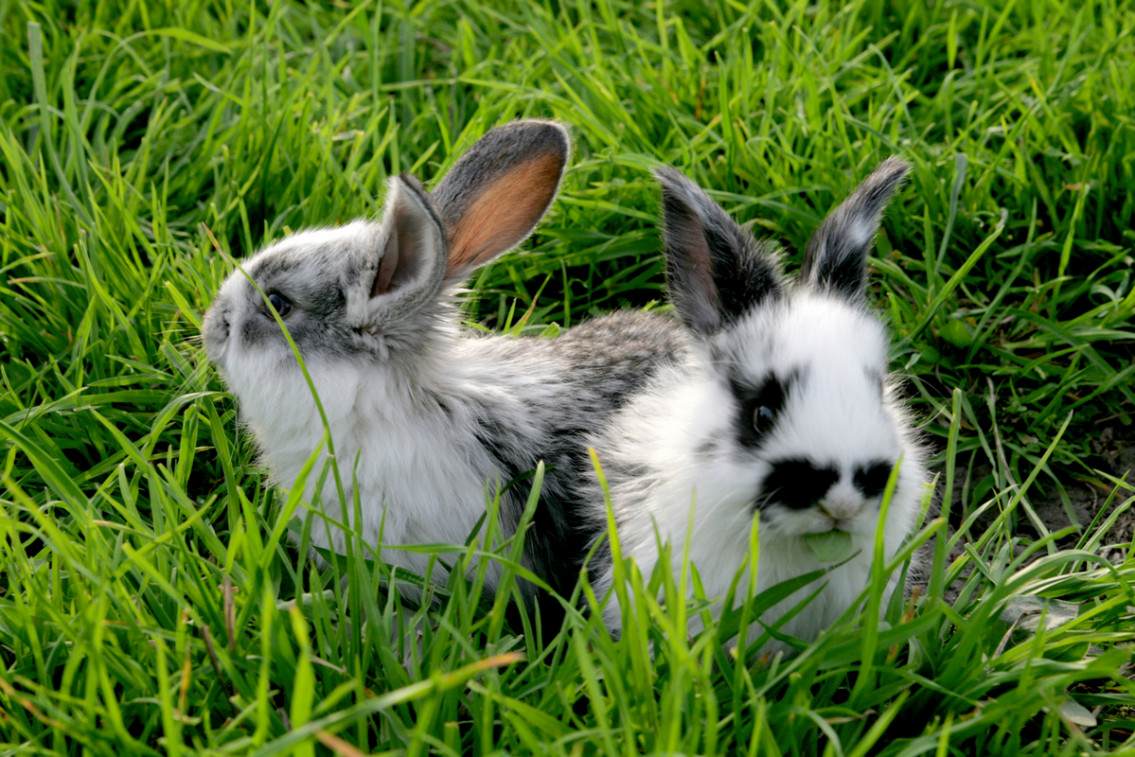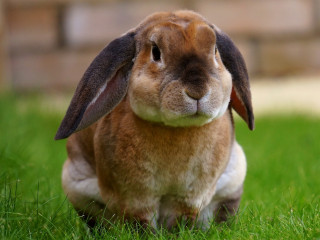
What is rabbit viral haemorrhagic disease?
Rabbit viral haemorrhagic disease (RVHD), also known as rabbit haemorrhagic disease (RHD), viral haemorrhagic disease (VHD) or rabbit calicivirus disease (RCD), is a serious, life-threatening and highly contagious disease which causes internal bleeding. It is found in both domestic and wild rabbits.
There are two strains of RVHD – RVHD1 which has been present since the 1980s, and RVHD2, which was only recently identified in the UK.
Both RVHD1 and RVHD2 are highly contagious and, sadly, most rabbits do not survive. The disease shows few or no symptoms and can kill rabbits very quickly.
Is there a cure for rabbit haemorrhagic disease?
There is no cure for the disease but there are vaccinations against both strains which can help prevent it from spreading. However, many rabbits in the UK have not been vaccinated against the newer second strain of the disease.
Is there a vaccination against RVHD2?
Protection against the first strain of rabbit haemorrhagic disease is already included in current rabbit vaccinations and annual boosters. However, rabbits need another vaccination to protect them against RVHD2.
Many rabbits aren’t vaccinated against RVHD2 and it’s vital that they are vaccinated as soon as possible. Contact your vet who will be able to advise you.

What causes RVHD2?
Rabbit haemorrhagic disease is spread through contact with infected rabbits and their droppings. There are many other ways RVHD can spread, such as in bird and insect droppings, through airborne particles and contaminated surfaces.
It can also be carried on soles of shoes, tyres, other pets’ feet and on the hands and clothing of owners. This means not even house rabbits are safe from the disease and they should also be vaccinated against both strains.
How would I know my rabbit has RVHD1 or RVHD2?
Unfortunately, rabbits with RVHD often display few or no symptoms. In many cases, sudden death is the only sign, although this could be a result of many other health issues in rabbits.
On the rare occasion that there are symptoms, these can include fever, lethargy, loss of appetite and spasms. Other signs include bleeding from the eyes, nose, ears or anus.
With RVHD2, the disease seems to be slower to develop in some cases, with rabbits showing symptoms for longer including weight loss and jaundice due to liver disease.
What's the difference between RVDH1 and RVHD2?
Both strains of the virus are closely related and show similar signs. The biggest difference is the incubation period – the length of time between infection and showing symptoms – which is one to four days for RHD1 and up to nine days for RHD2. The mortality rate appears to be lower with RVHD2 but it is still a deadly disease.
Can humans catch RVHD2?
No, humans can’t catch RVHD1 or RVHD2.
Can other animals catch RVHD2?
There is some evidence that wild hares have been affected by RVHD2.

How is rabbit viral haemorrhagic disease diagnosed?
Sadly, many rabbits die before they show any signs of the disease and, RVHD is only suspected afterwards.
How is RVHD 1/2 treated?
Unfortunately, there is no specific treatment for either strain of the disease. In some cases, supportive care, such as pain relief and fluid therapy, may be offered. However, the prognosis is very poor in most cases.
How can I prevent my rabbit from getting RVHD2?
The only form of prevention against rabbit haemorrhagic disease is vaccination, so it is vital that you get your rabbit vaccinated against both strains. Contact your vet who will be able to advise you.

